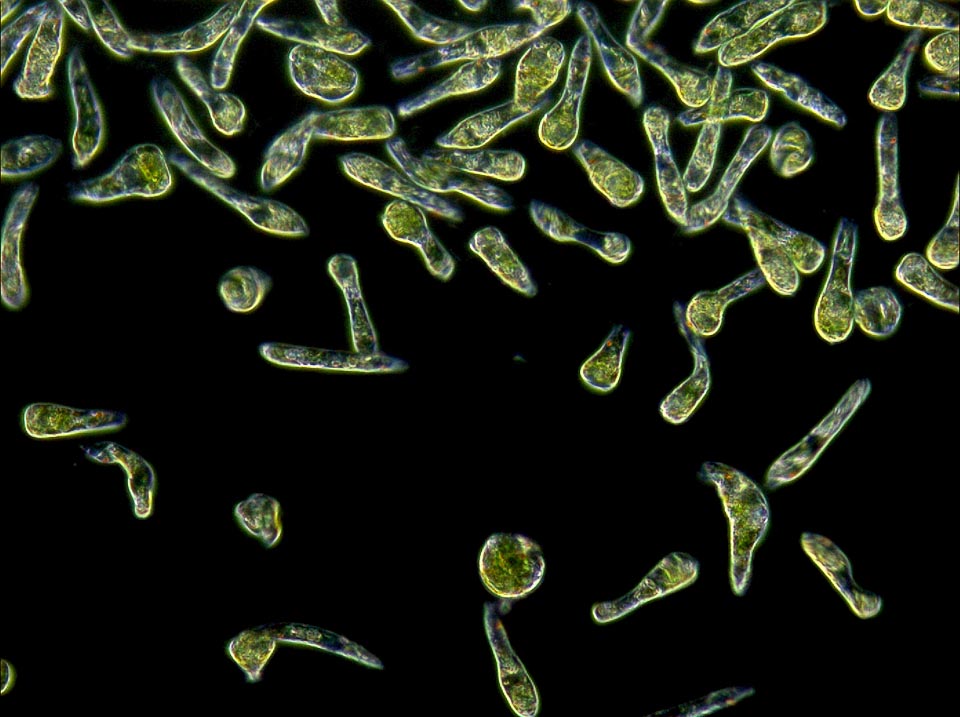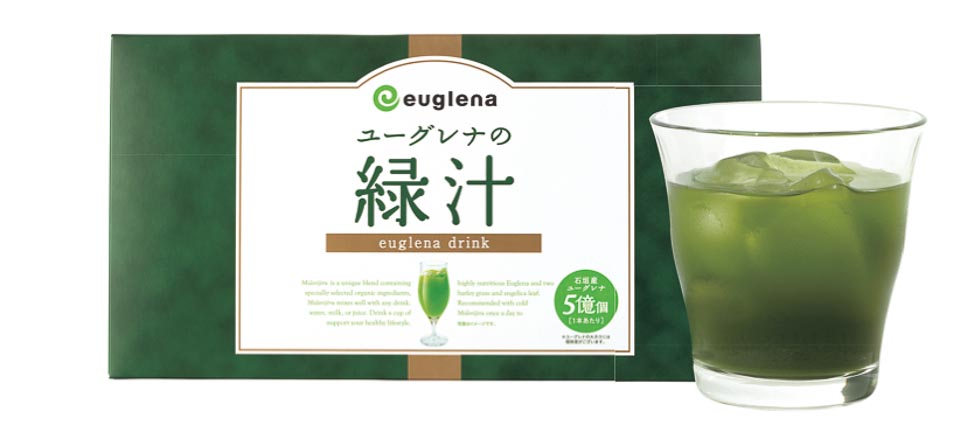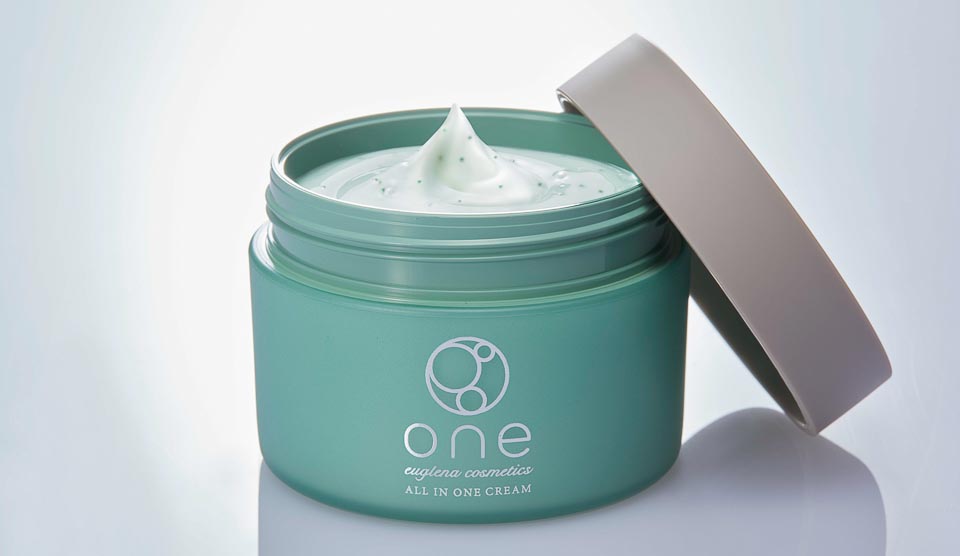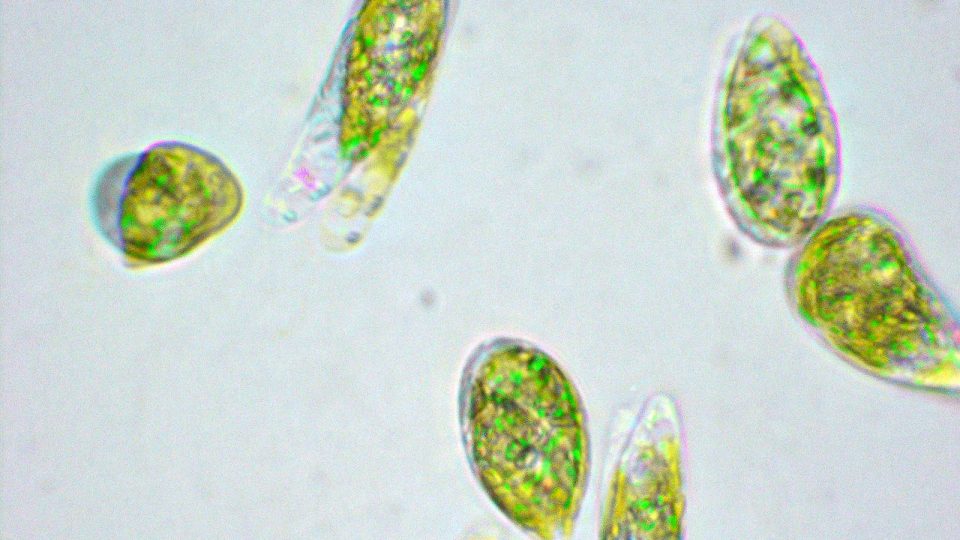Most of us have heard about green superfoods like spirulina, kale and wheatgrass. But, have you heard about Euglena? This never-heard-of species of microscopic algae is cultivated on the pristine shores of Okinawa, Japan. Euglena is a rare organism that combines both plant and animal cell characteristics to efficiently absorb nutrients. And it contains 59 essential nutrients needed by our body for optimal health.
History of Euglena
First evolved more than 500 million years ago, Euglena was then discovered in the 1660s by Dutchman Antoni van Leeuwenhoek. Throughout the years, researchers have been conducting research to study about Euglena. Its research culminated in NASA projects and a Nobel Prize in Chemistry.
Commercial production of Euglena was difficult since it’s positioned at the bottom of the food chain and thereby vulnerable to other organisms. After extensive studies, finally in 2005, euglena Co., Ltd. became the first in the world to succeed in the outdoor mass cultivation of Euglena.
Since then Euglena has been grown as a food source in the form of health supplements and drinks, beauty products like facial creams and hair serums, environmental applications including water treatment and CO2 reduction, even biofuel for research as an alternative to fossil fuels.
“Our aim is to achieve a sustainable business for the next hundred years and build towards a new society where Nature and Industry coexist.”
– Mr. Mitsuru Izumo, President of euglena Co., Ltd.

What is Euglena?
Euglena belongs to the algae family, together with kelp and seaweed. It has been supporting life on earth since the pre-historic era. Rich in nutrients, Euglena has 14 vitamins like Vitamins C & D, 9 minerals like Iron & Calcium, 18 amino acids like Lysine & Alanine, 11 unsaturated fatty acids like DHA & EPA and 7 others like Chlorophyll & Paramylon (β-glucan).
As a plant-animal hybrid, Euglena is rich in nutrients commonly found in vegetables, such as folic acid and fibre, as well as nutrients in meat and fish, such as omega oils and vitamin B-1. It combines animal’s locomotive ability to change its cell shape as well as plant’s characteristics like growing with photosynthesis.
Produced in the famous environment of Ishigaki Island in Okinawa, Japan, Euglena is grown under fresh air, clear water and strong sunlight. It can reach the body length of approximately 0.05mm.
Benefits of Euglena
Euglena has various powerful benefits, ranging from health, cosmetics to sustainability.
- As a food supplement, Euglena contains Paramylon (β-glucan) which helps remove undesirable substances like fats and cholesterol, enhances the immune system, and reduces the level of uric acid in the blood.

- Euglena has no cell wall. Its cell is surrounded by a membrane mainly made of protein, resulting in its high nutritional value and efficient nutrient absorption to boost and restore cellular activity.
- Euglena is recommended for regulating bowel movements, improving energy levels and supplementing those who have no time to prepare nutritious meals.
- In cosmetics and beauty products, Euglena helps to make skin smoother, more elastic and radiant.
- It increases the production of dermal fibroblasts, which provides additional defences against ultraviolet light and helps keep skin looking youthful.
- It also triggers the formation of collagen, an important element for resilient and anti-aging skincare.

- In hair and scalp care products, Euglena helps to restore damaged hair and provide moisture and bounce to create healthy-looking hair.
- In the environmental application, Euglena can grow by converting CO2 into biomass through photosynthesis, thus reducing CO2 emittance.
- Euglena can be used to feed livestock and aquaculture due to its high protein and high nutrition content.
- Euglena-based biofuels can soon replace fossil fuels to power aircrafts and automobiles, creating a sustainable ‘low carbon society’.
Uses of Euglena
Euglena can be used in five the different fields of Food, Fibre, Feed, Fertiliser and Fuel called the 5 “F”s of the Biomass Model.
- Food: Euglena provides the proper nutrition and is easily transportable in powder form to developing countries, thus helps to eradicate malnutrition. Even in developed countries, Euglena can serve as a healthier food choice to fight diabetes and obesity.
- Fibre: Euglena has potential applications in new fibre materials using paramylon. Studies have shown paramylon as an effective fibre material with special properties such as wound healing effects.
- Feed: As Euglena is rich in protein and nutritional value, it can be used as feed for livestock and aquafarm fish.
- Fertiliser: Euglena feed may decrease the mortality rate of young fishes, and the residue from Euglena after biofuel extraction can be used as feed and fertiliser, avoiding unnecessary waste.
- Fuel: Various research and development projects are underway to develop microalgae-based biofuels. euglena Co., Ltd. hopes to develop aviation biofuel for practical use by 2020.

Future of Euglena
Euglena has the potential to address global issues like poverty, malnutrition, and fossil fuel shortage. It was a visit to Bangladesh in 1998 and witnessing the scene of extreme poverty there that the president of euglena Co., Ltd., Mr. Mitsuru Izumo, started his journey. When he found Euglena as a solution to malnutrition, his passion led him to challenge the difficulties of large-scale cultivation of Euglena which no one had achieved before.
By collaborating with top universities and leading corporations, along with setting up modern facilities and research centres, euglena Co., Ltd. could accelerate the advancement of technology and knowledge to improve the large-scale cultivation of Euglena, increase the efficiency and quality of production, as well as aid in functional studies and projects.
With the aim to develop the next generation of biofuels and establish a nationwide biofuel supply system, euglena Co., Ltd. believes there is a chance to save our planet’s environment and depleting resources, along with solving global food and poverty issues.
As a runner, do you constantly look for ways to eat more healthily? Are you the early adopters or laggards in terms of superfood consumption?





